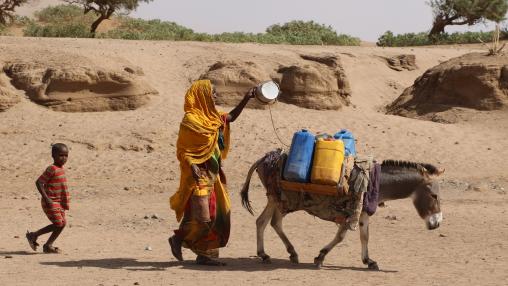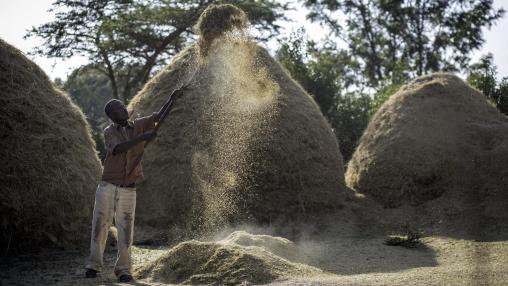
Ethiopia's Drought and Cereal Prices
Since 2015, Ethiopia has been hard hit by droughts triggered by El Niño. These droughts have reduced agricultural output and livestock production throughout the country and have driven large numbers into food insecurity. The Government of Ethiopia estimates that 10.2 million people will need emergency food aid in 2016, in addition to the 7.9 million people already covered by the country’s Productive Safety Net Programme.

Changing Climate, Changing World: How African Agriculture Will Respond
Conversations about climate change often focus on future effects, but according to the latest Assessment Report from the Intergovernmental Panel on Climate Change, changes to the global climate have already had a significant impact on food production. Global agricultural productivity has declined over the past 30 years by 1-5 percent per decade, and this deterioration is expected to continue, even if we only experience low levels of warming (+2 ºC).

What Is Driving Agricultural Productivity in Ethiopia?
Over the past decade, Ethiopia’s agricultural productivity has exploded, particularly for cereal crops. This expansion in agriculture has led to impressive economic growth, but it’s unclear exactly what is behind the advance in productivity. Additionally, Ethiopian agriculture relies heavily on smallholder farmers, and some researchers are concerned that the recent growth may not be sustainable on the country’s increasingly small landholdings.